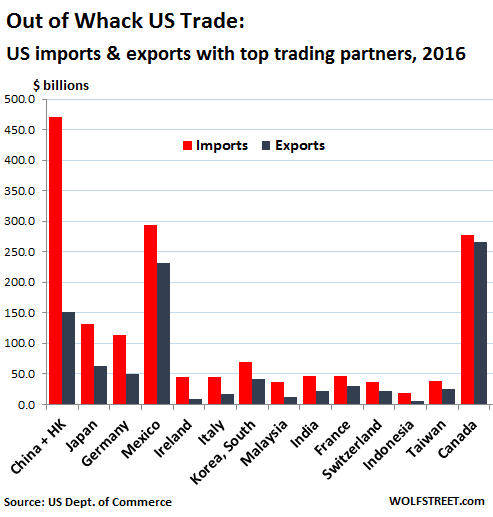


Monitors and projectors, not incorporating television reception apparatus reception apparatus for television, whether or not incorporating radio-broadcast receivers or sound or video recording or reproducing apparatus Monitors and projectors, not incorporating. Petroleum oils and oils obtained from bituminous minerals, crude Petroleum oils and oils obtained from bituminous.

Parts and accessories for tractors, motor vehicles for the transport of ten or more persons, motor cars and other motor vehicles principally designed for the transport of persons, motor vehicles for the transport of goods and special purpose motor vehicles of heading 8701 to 8705, n.e.s. Parts and accessories for tractors, motor vehicles. Motor vehicles for the transport of goods, incl. Automatic data-processing machines and units thereof magnetic or optical readers, machines for transcribing data onto data media in coded form and machines for processing such data, n.e.s. motor vehicles of heading 8702)Īutomatic data-processing machines and units. Motor cars and other motor vehicles principally designed for the transport of persons, incl. Motor cars and other motor vehicles principally. That was largely due to the continued strength of the automotive industry - both motor vehicles and motor vehicle parts - and the increase of Mexican exports to the United States.Ĥ94.6 bn USD of products exported in 2021 In 2021, exports of goods and services increased by 6.9%, reaching USD 522 billion while imports decreased by 13.6%, reaching USD 561 billion - taking trade balance to a deficit of USD 22 billion. Other trade advantages of Mexico include the United States–Mexico–Canada Agreement (which replaced NAFTA in 2020), its free-trade agreement with the European Union since 2000, a trade agreement with Japan since 2005 and the 2012 foundation of the Pacific Alliance along with Colombia, Chile and Peru.Īlthough Mexico's trade balance is structurally negative, the country has been seeing a trade surplus in recent years. Mexico has signed a dozen free-trade agreements with about forty different countries of the world. As per imports, the main origins include the US, China, South Korea, Germany, and Japan. Other destinations for Mexican exports include Canada, China, Germany, and Japan. Mexico is heavily dependent on the commercial relations with its main trading partner – the United States – which account for more than three-quarters of the country’s exports. According to IMF Foreign Trade Forecasts, the volume of exports of goods and services increased by 6.9% in 2022 and is expected to decrease by 0.5% in 2023, while the volume of imports of goods and services increased by 5.4% in 2022 and is expected to increase by 0.5% in 2023. As for imports, Mexico’s main purchases include parts and accessories for motor vehicles (5.1%), petroleum oils (4.9%), electronic integrated circuits (4.3%), petroleum gas (3.1%), and telephone sets (2.7%). The country mainly exports cars (14.3%), automatic data-processing machines (6.7%), vehicle parts (6.2%), petroleum oils (4.8%), and monitors and projectors (3.2%). Mexico is highly dependent on foreign trade, which represented 83.6% of its GDP in 2021 (World Bank, latest available data).


 0 kommentar(er)
0 kommentar(er)
